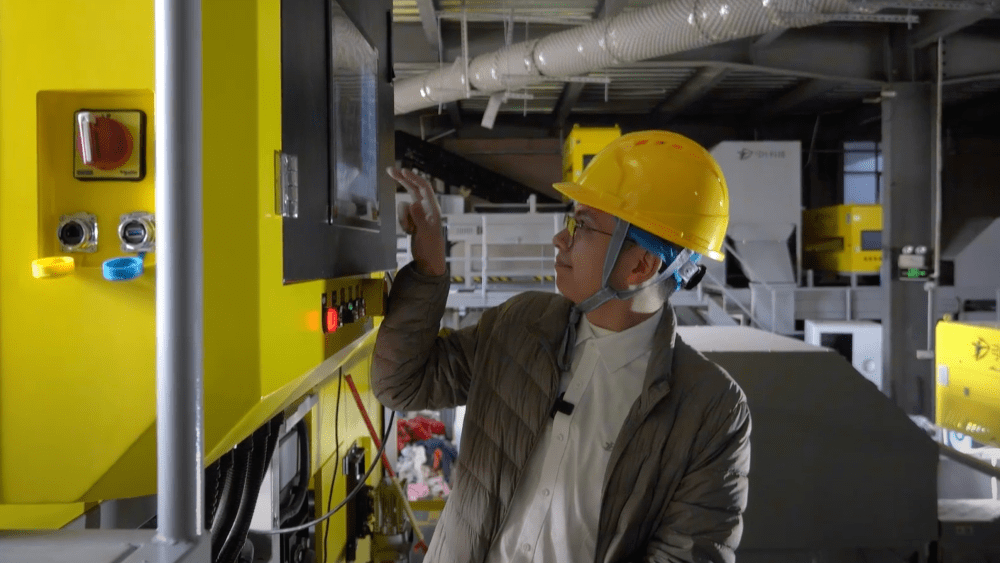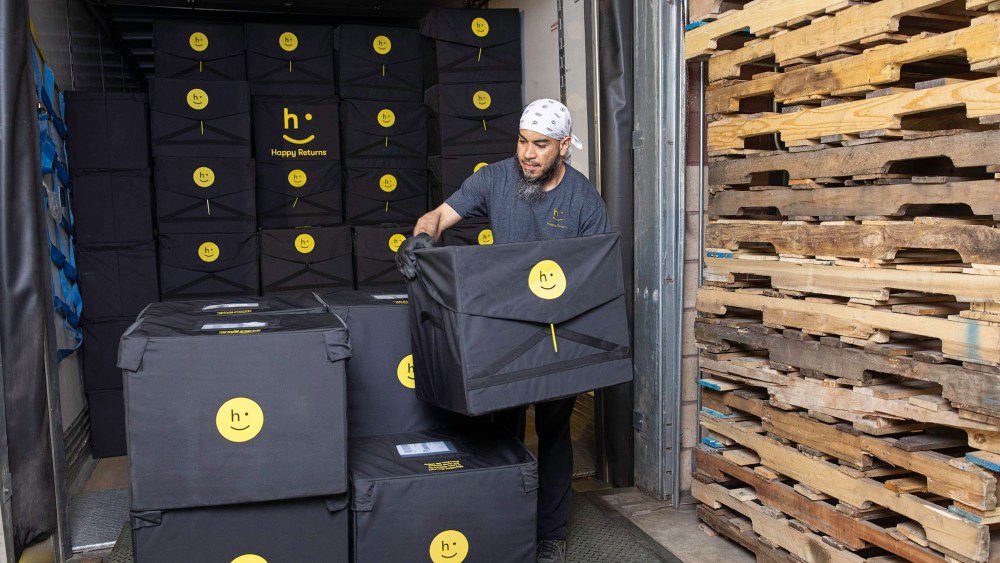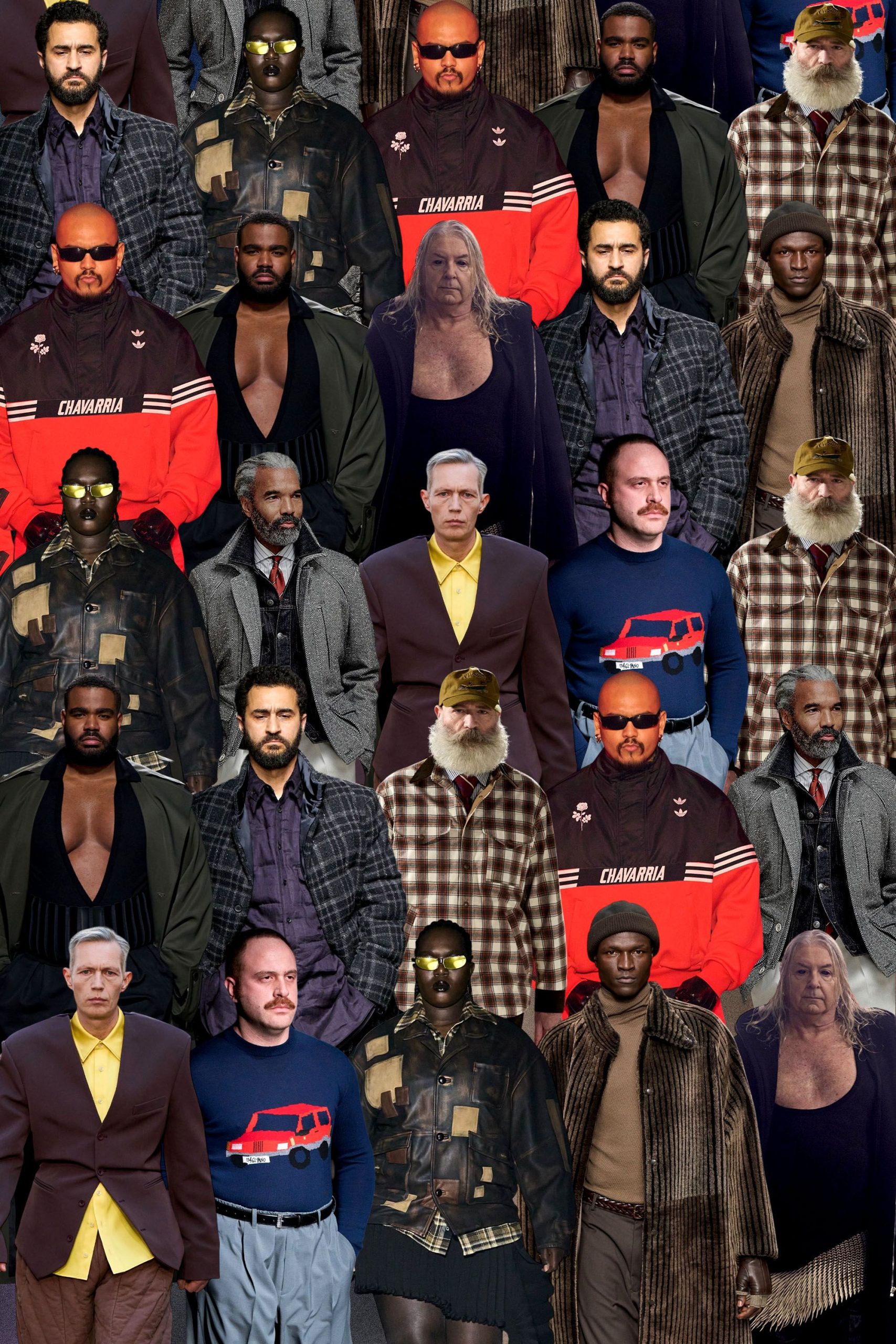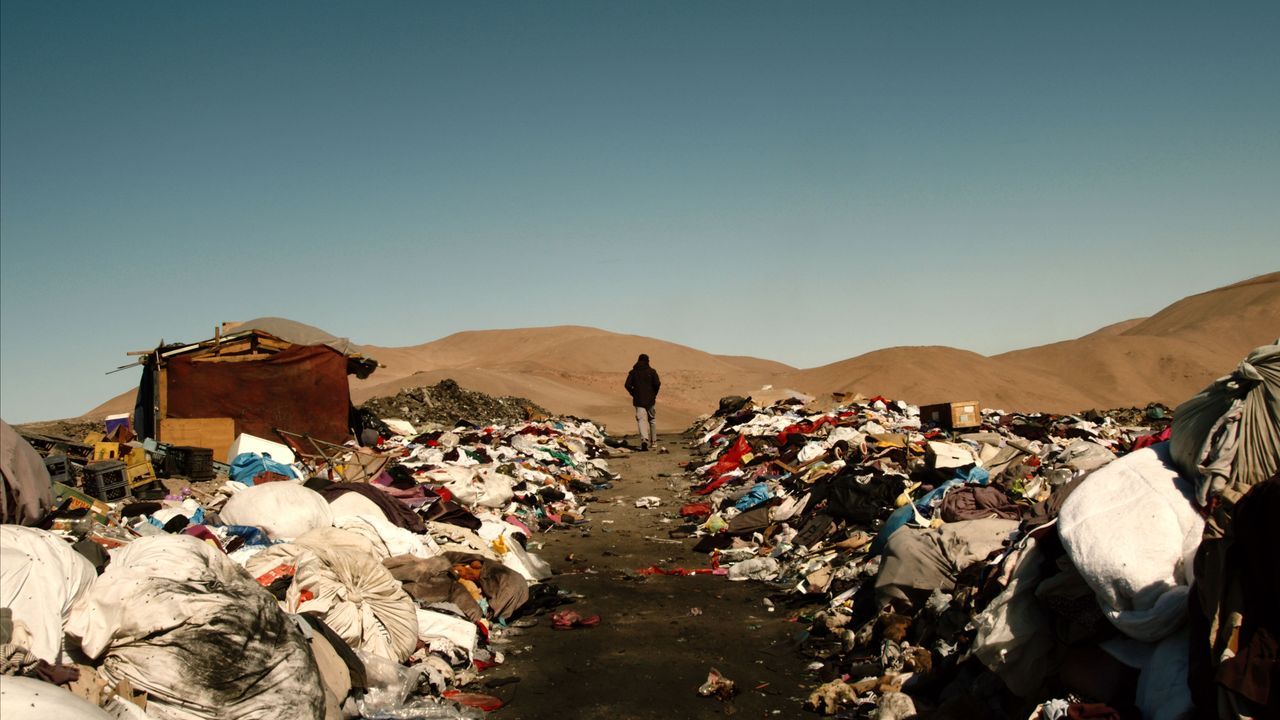
An established sorting provider is bringing its technology into the fashion and apparel realm.
Chinese company DataBeyond has introduced a new tool for textile sortation, which it calls the AI Hyperspectral Optical Sorter for Blended Fabrics. The company, founded in 2018, has been in the business of using technology to sort and recycle items in more traditional waste streams, like plastic bottles.
Historically, textile recycling has proven a time-consuming process, in large part because of sortation infrastructure; many materials recovery facilities need a fairly precise understanding of which types of fibers are in textile waste before they can be sold to a buyer for future use. That’s particularly important for textiles, since so many items contain blended fibers — whether polyester and cotton, spandex and cotton or otherwise.
The new system may help solve such issues. According to DataBeyond, it uses advanced artificial intelligence algorithms in partnership with hyperspectral recognition technology to effectively meet sorting targets. That means that sorters can change the threshold the system needs to recognize — for example, sorting through fabrics that are made of more than 30 percent polyester, versus fabrics with more than 75 percent polyester.
You May Also Like
It does so by using “hyperspectral sensors that capture 256 spectral bands, allowing for full-spectrum recognition of textile waste,” the company noted. In simpler terms, the sensors capture information about how the individual bands react to wavelengths cast on them, which helps determine the material content of the item.
DataBeyond’s technology has the capability to sort textiles that contain 30 to 80 percent polyester content, nylon content, spandex content and cotton content and boasts an accuracy rate of up to 99 percent.
To date, the technology is only available in China, and the company did not immediately make clear whether it has plans to expand into other jurisdictions — particularly where extended producer responsibility is becoming increasingly important because of legislative changes. Its other, existing technologies have already been made available in Malaysia, Indonesia, Uzbekistan and other countries.
Already, other companies, like Sortile, have sprung into action on using AI systems and near-infrared technology to enable more accurate sorting of blended fibers in other countries. Others, like Refiberd, also use hyperspectral imaging paired with AI models to streamline sortation. Industry players like the H&M Foundation have shown a keen interest in partnering with such companies.
And, increasingly, governments also seem to have an incentive to play in this realm; in the U.S., the National Institute of Standards and Technology announced that it had developed a database to aid those combining near-infrared spectroscopy with AI systems for textile waste sortation. That database could help provide clean data on fibers to companies working to train models to identify mixed fibers, speeding up the pace of the entire recycling process.
The company said its new technology stands to benefit the at-large textile industry; if materials cannot be recycled, they often end up being incinerated or tossed in a landfill, which causes significant environmental damage.
“This cutting-edge technology will enable the recycling industry to unlock greater value from blended textile waste, opening new profit opportunities for the textile recycling sector and accelerating the arrival of a new era of smart recycling in the industry,” the company said in a statement.
DataBeyond did not return Sourcing Journal’s request for comment on its new technology.








